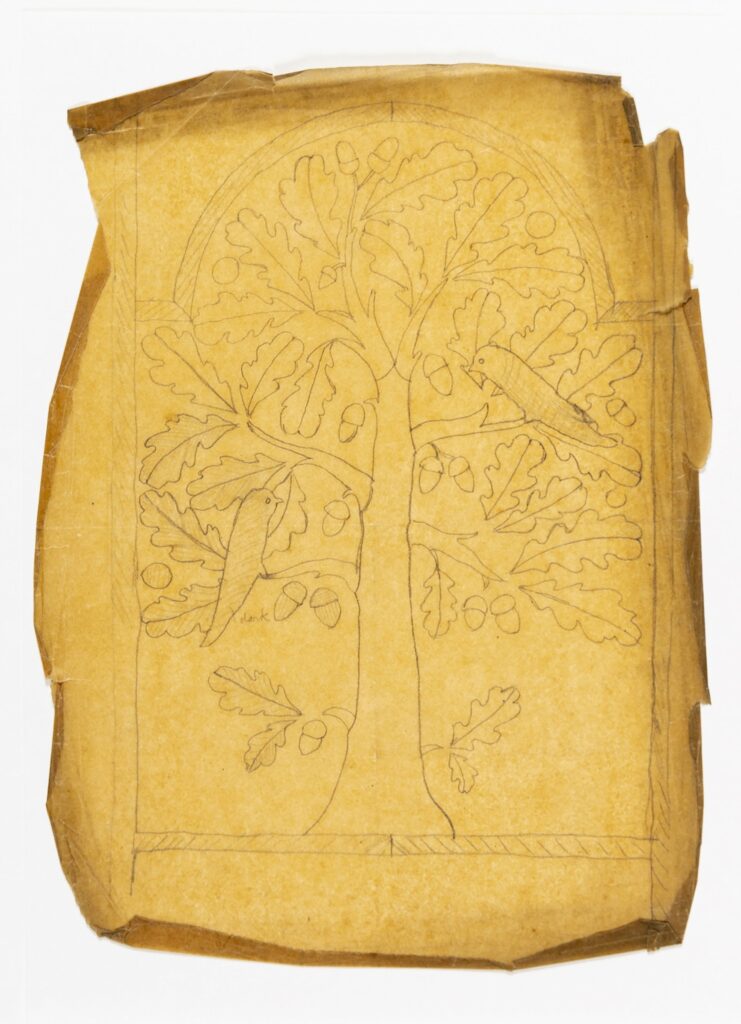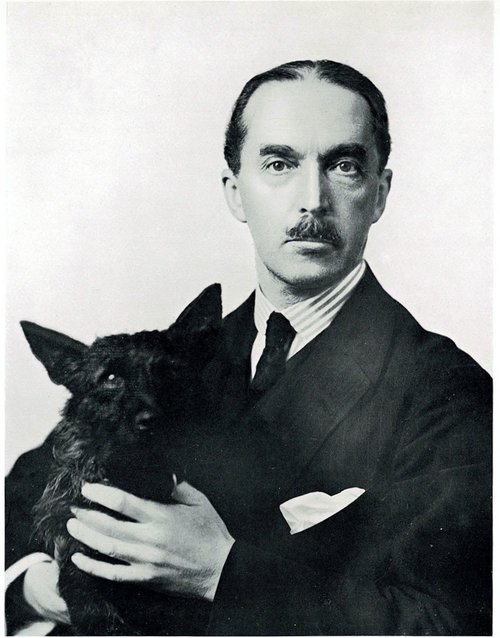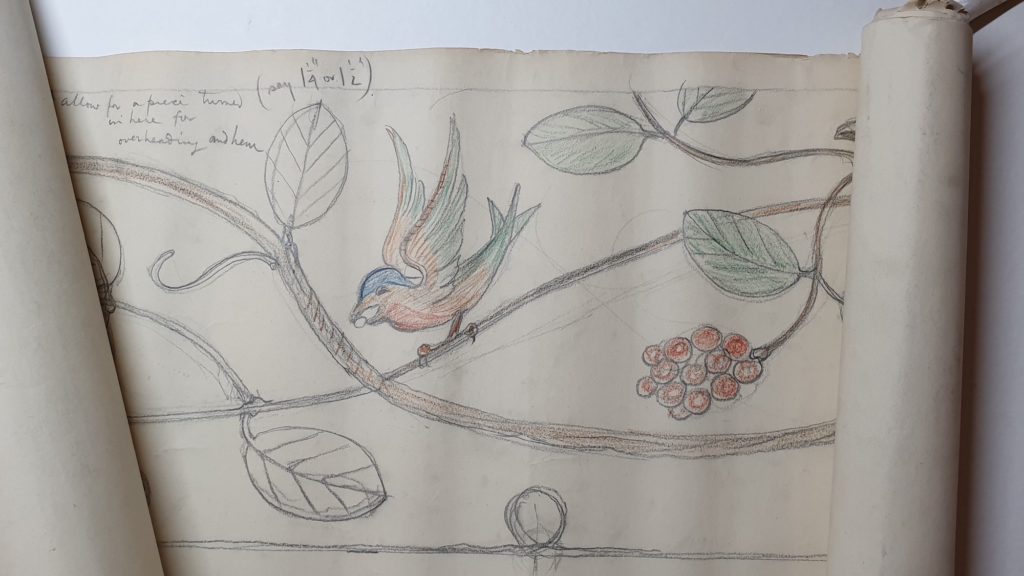The Birds’ Morning Hymn (1929)

From a letter to The Times of April 18, 1929:
At this season of the resurrection of Nature — that ever-fresh miracle — one thing happens that even keen bird-lovers seem hardly to appreciate to the full. I mean the birds’ Morning Hymn. We have all heard vaguely about ‘Bird Song at Dawn,’ and in this busy age it has been recorded on the gramophone under the title of ‘Dawn in an old English Garden,’ and quite a good record it is. But how many people realise that this is a clearly defined performance, a symphony with a beginning, a middle, and an end, that ceases nearly as abruptly as it begins? To hear it to perfection one must be fortunately situated. At this small place in the heart of the country where my weekends are spent, we have, to south and west — surrounding a lawn — a close old shrubbery backed up by a young plantation giving privacy and good shelter, and under this, even in the hardest of weather, the birds seem to find some nourishment that keeps them alive.
What happens then at the nesting season is this. About 20 minutes past 4, one blackbird begins his fluting. He is almost immediately joined by another and another. A whole choir of thrushes quickly follow, then all the small birds, chaffinches and the like, lend their little notes to the chorus, starlings gurgle from the seclusion of some old yews, jackdaws from a hollow tree begin their kuck-kucking, that sound that calls up visions of the flying buttresses of Beauvais, the towers of cathedrals, and all sorts of delectable places. Then the cock pheasant gives his crow and flutter of the wings, an owl hoots, a pair of mating patridges run with their grating cry across the field, wood pigeons coo: in the distance peewits and the curlews’ thrilling notes are heard, and lambs call to their mothers. For 10 to 15 minutes the whole air seems to throb and vibrate with this joyous canticle; then it begins to die down, and by about 10 minutes to 5 there follows for a time what, by contrast, is almost as impressive as the music itself — silence absolute and profound. Blackbirds, thrushes, and others now hop about the lawn. The adjournment for breakfast, the hunt for the early worm, have begun.


(Hussey, 3)
What makes this ceremonial so inspiring is that it comes before the dawn. Occasionally some level lines of rose or gold are seen through the grey to the east, but the music is definitely over before ‘Heaven puts off her hodden grey for mother-o’-pearl.’ In this connection readers of Stevenson will remember in Travels with a Donkey in the Cevennes that wonderful chapter called ‘A night among the pines,’ and the description of the tremor that seems to pass through old mother earth at this sacred moment. I confess that when I propose to rouse up my weekend guests to listen to what I have been describing the proposal is generally received with a lack of enthusiasm. However, if any readers of The Times who are interested, and who happen to live or spend their weekends near some bird-haunted spinney, can contrive — once in a way — to wake up at half-past 4, I strongly urge them to wrap up in warm dressing-gowns, stand at their open window for five minutes, and they will be rewarded. Their beds will feel the warmer, their subsequent dreams will be the sweeter, for the rare experience.
Gibliston, Kilconquhar, Fife
Excerpted from Christopher Hussey, The Work of Sir Robert Lorimer (London: Country Life: 1931), 3–4.


– Annette Carruthers, Mary Greensted and Barley Roscoe